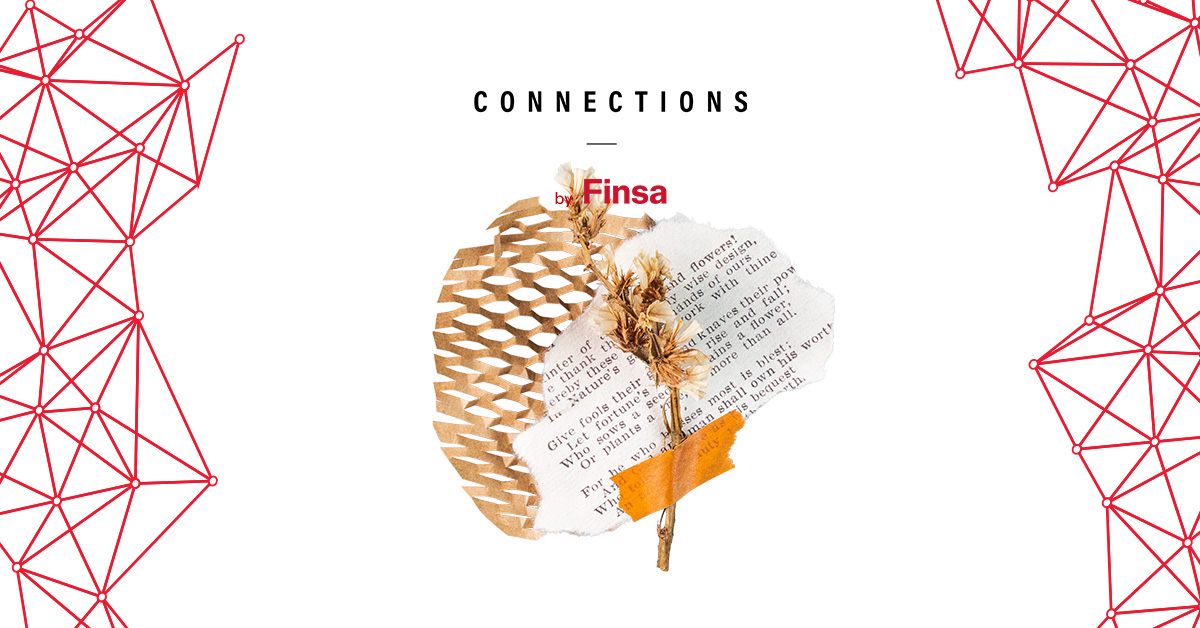Materials libraries were born of the desire to introduce innovative and sustainable materials to the market and the professionals that would use them. Our new social context, a consequence of the pandemic, means there are now rules about social distancing and maximum capacities for different venues. As a result, large materials libraries have had to adapt to this new reality and focus on the digital space.
The main way they have dealt with these changes is by putting their samples into online databases. This is exactly what the new Materioteca de Galicia did. Since 2019, it has been a source of inspiration and a meeting point for the newest research in materials technology and businesses.
“We started out with a set of 250 innovative materials thanks to our collaboration with Materially. Our idea was to create an exhibition for educational purposes that design schools could use, as well as a showroom that professionals could visit,” says Santiago Nieto Mengotti, manager of the Materioteca de Galicia.
During the pandemic, the Materioteca rose to the challenge of digitalisation and got its online database working, although it wasn’t ready until after the first lockdown had ended. Anybody can access the database just by registering. Users can also add new materials to the it from the website itself and, as Mengotti explains, “these materials are then made public once they have been verified”. It’s also connected to the Materially database.
What is the role of materials libraries in the COVID era?
The main objective of materials libraries is to share the materials themselves. Santiago Nieto Mengotti sees their role in the COVID era as “resolving the problem of compartmentalisation during research. [Materials libraries] are the perfect tool for passing on research from the research teams to those who are looking for solutions”.
Materials libraries are also a meeting point for different research groups, facilitating the exchange of information. In order to encourage this behaviour, and as a consequence of the coronavirus, the Materioteca de Galicia moved all of its events online, including four workshops about materials of the future and hygienic materials.
Hygienic materials
The pandemic has made it clear that we need more innovation in hygienic materials. Connections by Finsa published this article about a series of elements that can make this mission a little easier. Unai Etcheverría and Iker Aguirre from Materially created a list of recent innovations in this field, including everything from smart fabrics that are antiviral and antibacterial to natural stones with excellent hygienic properties.
Ver esta publicación en Instagram
The materials that coronavirus turned into trends
Lockdown made many people realise the importance of having a well-designed home. Coronavirus resulted in new wants and needs for both materials and spaces.
Organic, natural materials that are soft to the touch are now a huge trend, as they keep us in contact with nature and calm us down. The Japandi style, which uses different types of wood that are in harmony with their surroundings, have some movement, and are free of imperfections, is a good example of this change.
Linear timber is also being used more and more. These simple structures can suit any environment and are an example of the flexibility that will define the spaces of the future.
Ver esta publicación en Instagram
5
What the future holds in terms of materials is still unknown. Nevertheless, there are a few definites: the sharing of knowledge and new products, the cataloguing of those with hygienic properties, and incorporating natural elements into interior design.




